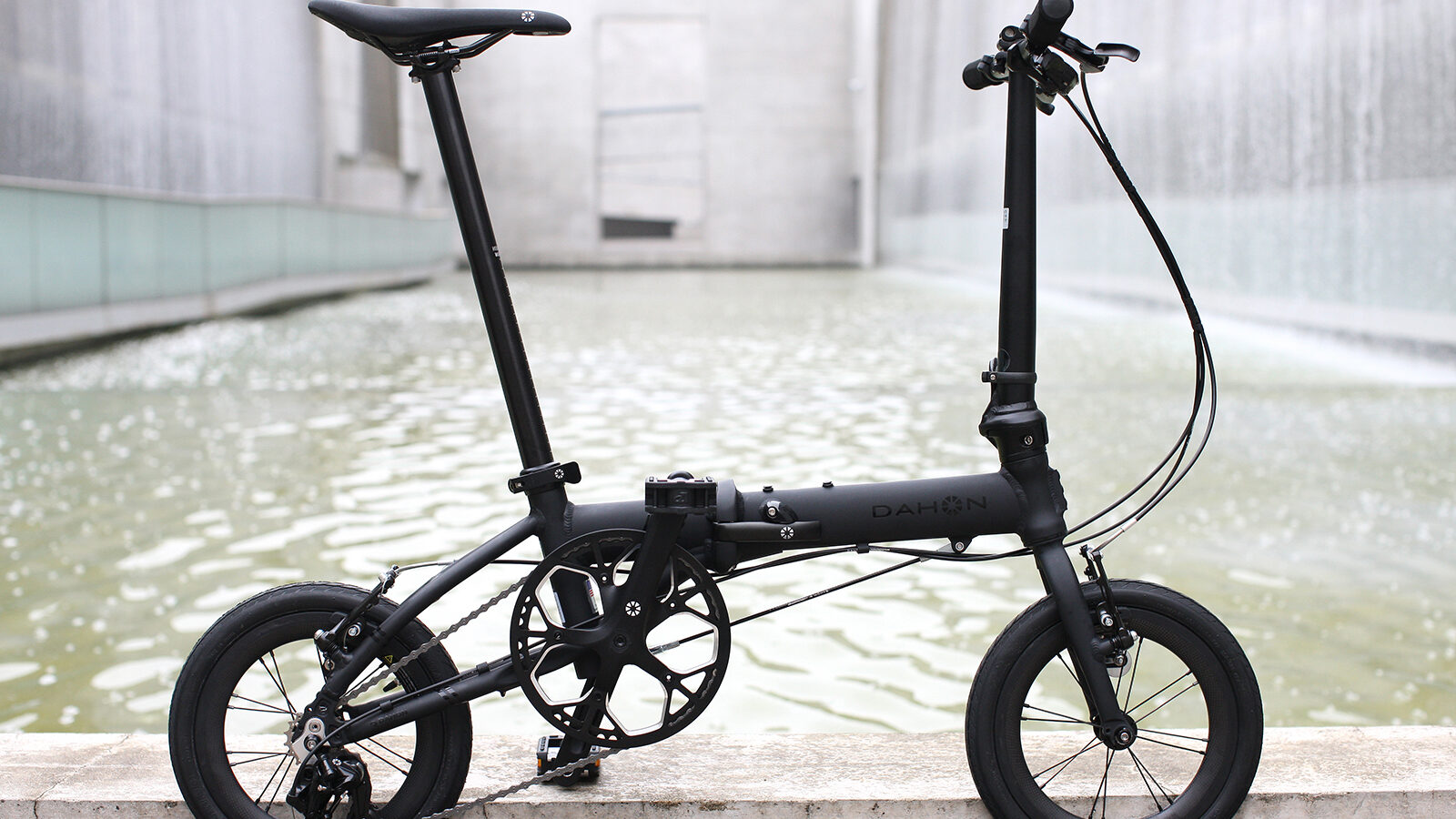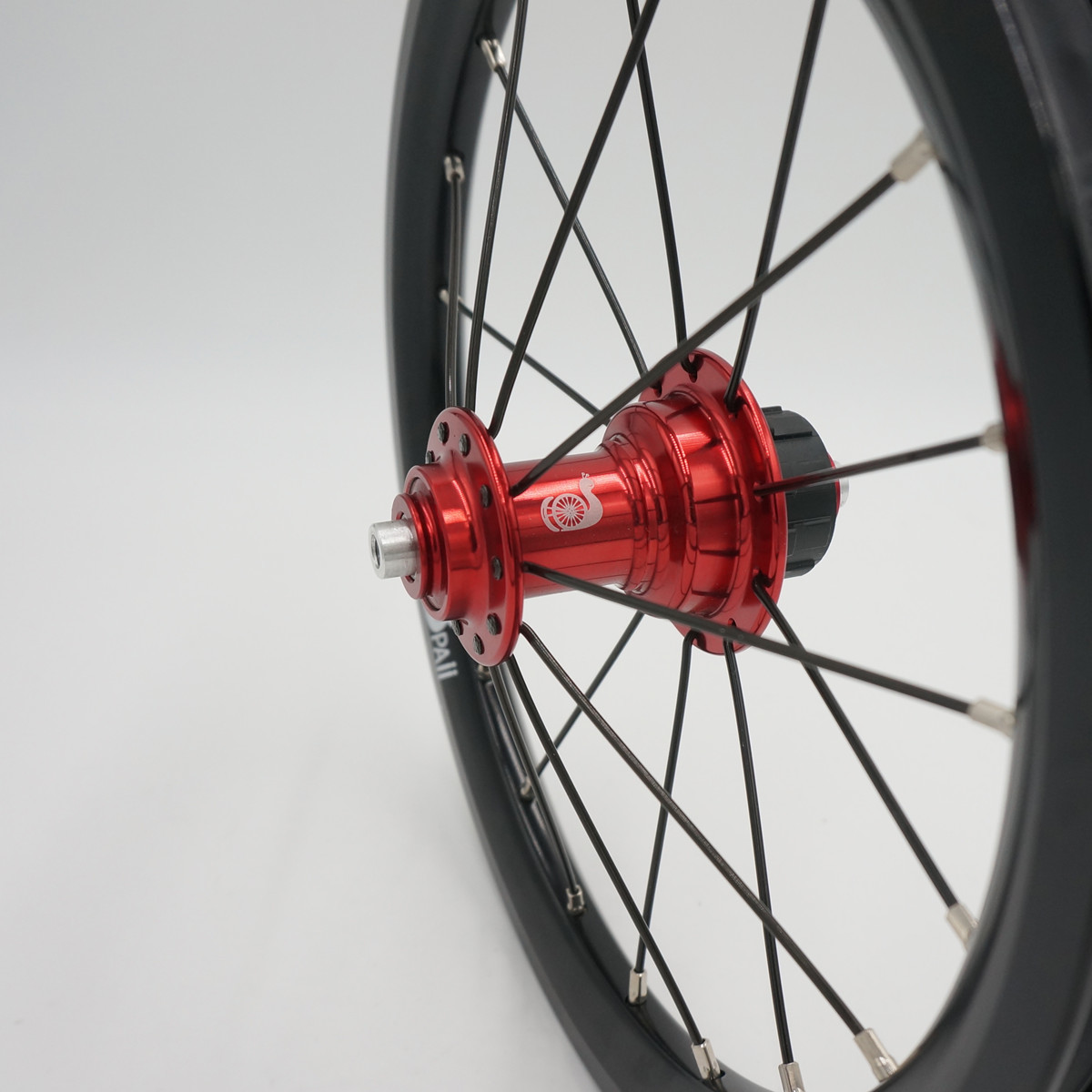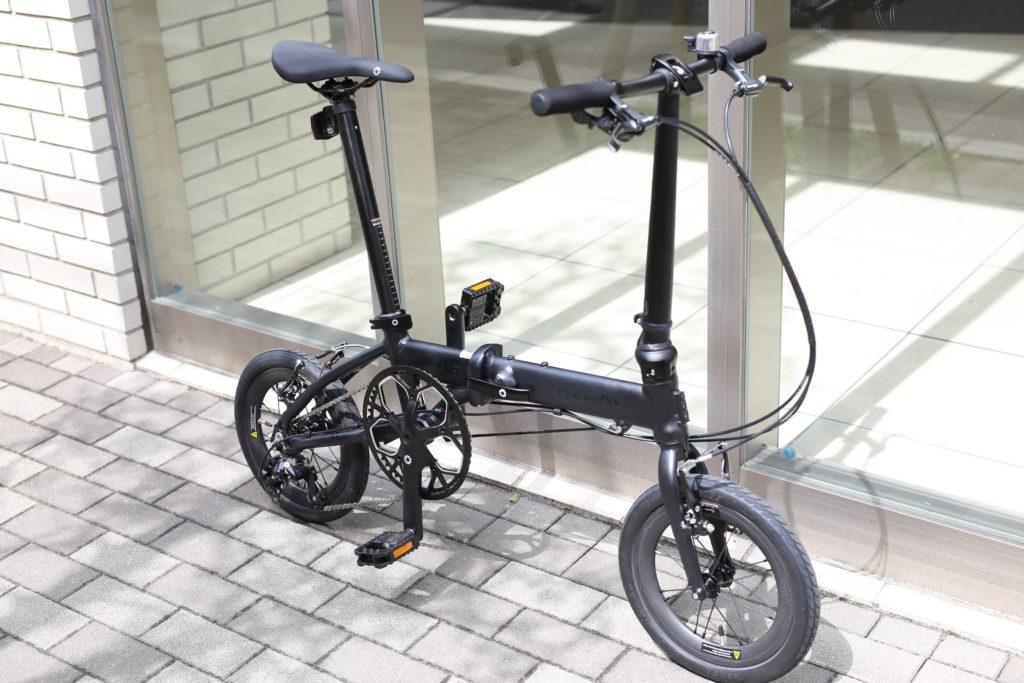
新入荷再入荷
【訳あり】DAHON K3 強化ホイール 前後 14インチ BIKEMASTER
 タイムセール
タイムセール
終了まで
00
00
00
999円以上お買上げで送料無料(※)
999円以上お買上げで代引き手数料無料
999円以上お買上げで代引き手数料無料
通販と店舗では販売価格や税表示が異なる場合がございます。また店頭ではすでに品切れの場合もございます。予めご了承ください。
商品詳細情報
| 管理番号 | 新品 :69906692 | 発売日 | 2024/07/23 | 定価 | 20,898円 | 型番 | 69906692 | ||
|---|---|---|---|---|---|---|---|---|---|
| カテゴリ | |||||||||
【訳あり】DAHON K3 強化ホイール 前後 14インチ BIKEMASTER
【訳あり】リムのつなぎ目の処理の見た目が良くないです。製品上の強度には問題ありません。(商品が何点かあるため写真は1点しか撮影していないので現物ではありませんが同等の品質です。)製品名 DAHON K3 強化ホイール 前後セット 14インチ BIKEMASTER オールブラックDAHON K3 でよくあるスポーク折れに対応して強化されたK3専用のホイールです。さらに高精度なベアリングを搭載しているのでスムーズな走りだしと軽やかな走行が可能です。K3のカスタムのなかでは一番のお勧めです。別の自転車に生まれ変ったように感じます。商品仕様カラー:オールブラックエンド幅: F74.R85カセットスプロケット:9T-13T-17Tバルブ穴: 米式その他...ホイール用途・素材...折りたたみ自転車商品の情報カテゴリー : スポーツ・レジャー > 自転車 > パーツ商品の状態 : 新品、未使用発送元の地域 : 石川県












































